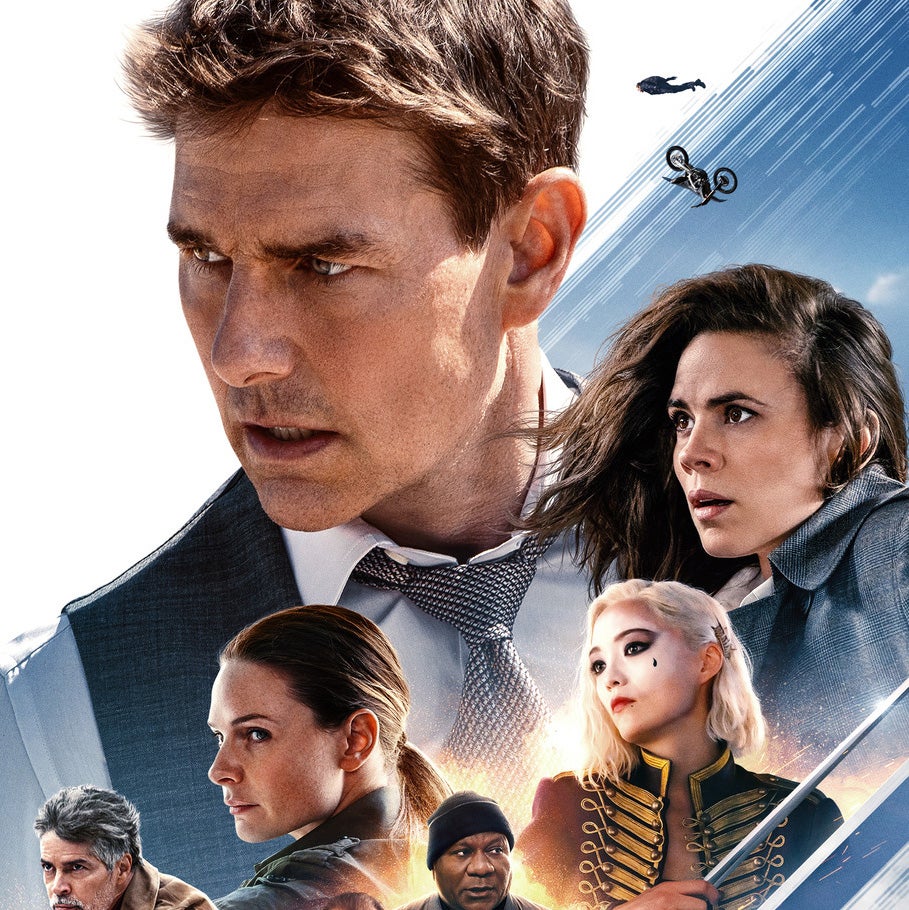K-19: The Widowmaker
Posted on December 13, 2002 at 5:18 am
D| Lowest Recommended Age: | Mature High Schooler |
| Profanity: | Some strong language |
| Nudity/ Sex: | None |
| Alcohol/ Drugs: | Characters drink and get tipsy |
| Violence/ Scariness: | Intense, protracted peril, graphic injuries, characters die |
| Diversity Issues: | All characters white males |
| Date Released to Theaters: | 2002 |
It’s a bad sign when a movie can’t make up its mind between two titles and just goes with both of them. In the case of “K-19: The Widowmaker,” that is an accurate indicator of its ambivalent, pretentious, inflated, and heavy-handed tone.
It begins with that dreaded signal of fake profundity, the notice that what we are about to see is “inspired by real events.” That all too often means that we will see a lot of fake human drama around some real-life challenge or turning point.
And what that means in this case is a tired retelling of the submarine movie conventions that we have seen in much better form in movies like “The Hunt for Red October” and even potboilers like “Crimson Tide.”
The setting is the USSR in 1961, at the height of the cold war. “Comrade Captain” Polenin (Liam Neeson) is the honorable and beloved leader of the Navy’s flagship, a zillion-dollar nuclear-powered submarine. Moscow is eager to get it out onto the water, but Polenin says it is not ready. So, he is replaced by taciturn tough guy Captain Vostrikov (Harrison Ford), the kind of officer who fires the ship’s only reactor specialist on the spot and whips out his stopwatch to call simultaneous drills.
Thus, we get some good comrade captain/bad comrade captain moments, the kinds of scenes where someone says “You’re pushing them too hard!” and someone responds by saying that it is the only way to teach them what they are capable of. Then it’s good ship/bad ship, as a perfect test missile firing is followed by a reactor leak that puts not only the ship but the whole world at risk.
If you don’t know what is going to happen when you see one sailor hanging a little white mouse in a cage over his bunk and we see one handsome young officer (played by Peter Sarsgaard of “Boys Don’t Cry) just out of school both (1) extol the wonders of atomic energy and (2) jump off of the truck to the sub to kiss his pretty girlfriend goodbye, then there are plenty of better movies that will give you the answer in a manner that is less ham-handed than this one.
Neeson and Sarsgaard do their best, but Ford, in trying to make his character complex, just makes him muddled. Director Kathryn Bigelow has a marvelous fluidity in maneuvering the camera within the tightly confined spaces, but her gifts are best used with action (as in the under-rated Point Break), not tension, which is what is called for here. The movie effectively conveys the decay of petty bureaucracy, but it is slow and too long. And it has one of the worst uses of music in years, all plinking balalaikas, syrupy strings, and, in the moments of greatest peril, angelic choirs, like a Carol Burnett Show parody of a WWII-era propaganda film. And then there is the old-age make-up in the last scene, which is just silly.
Parents should know that the movie is at the farthest edges of the PG-13 rating, with very graphic and tragic scenes and intense peril. Major characters die. There is drinking (some tipsiness) and smoking. There are also some bare bottoms.
Families who watch this movie will want to talk about many of the choices faced by characters in this movie, including those who knowingly sacrificed their lives – or who ordered others to sacrifice theirs — for their country and for their colleagues. The men on the sub watch propoganda movies about the Klu Klux Klan and other problems in the U.S. How do we know that what we hear about other countries is a fair and accurate picture? They should talk about how people can strike the right balance between insisting on a high standard of performance and making sure they have enough information to make the right decisions. U.S. examples like the Challenger disaster and the corporate corruption of 2002 raise these issues. Families might also want to look into some of the issues raised by the use of nuclear power and the problems of disposing of all of the hardware from the Cold War that gave rise to the acronym MAD for “mutually assured destruction.”
Families who enjoy this movie will enjoy The Hunt for Red October and Crimson Tide. They may also want to try Das Boot, probably the most vivid depiction ever of the terror submariners live with. For movies about the complexities of command, try “Patton,” “A Few Good Men,” and “The Caine Mutiny.”






